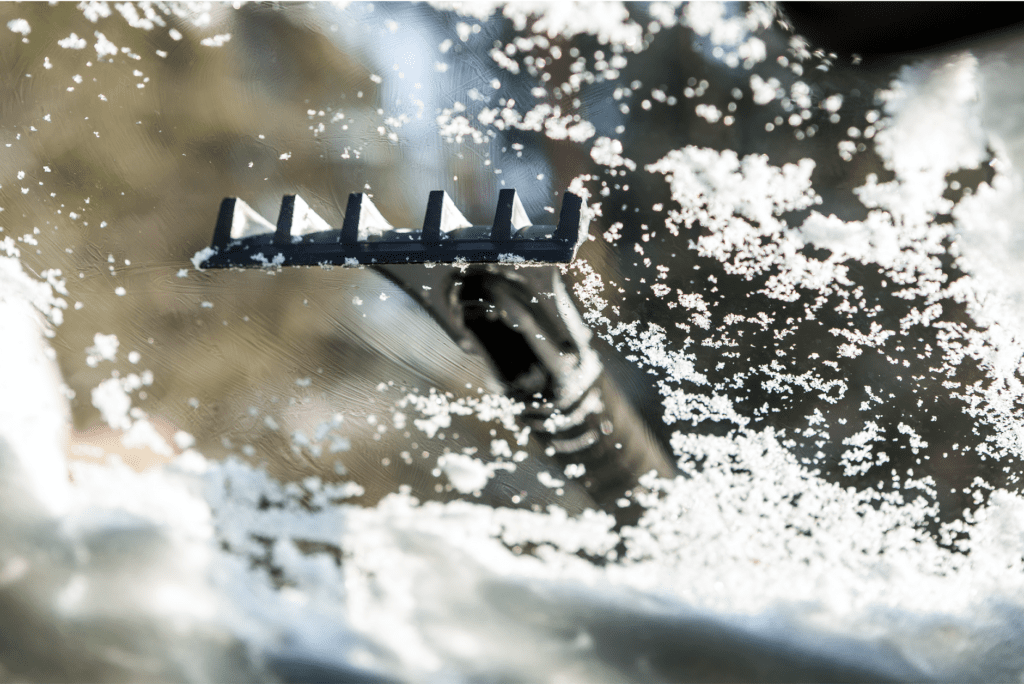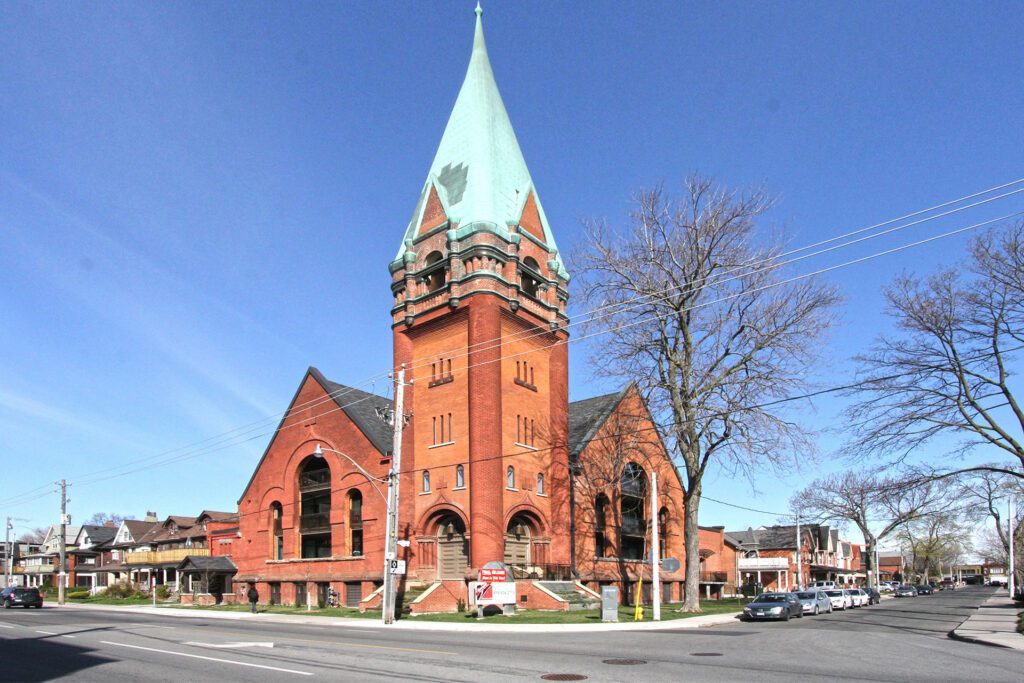Canada isn’t nicknamed The Great White North for no reason. With temperatures that regularly drop below freezing between March and December and plenty of snowfall to boot, Toronto’s winters can feel long and harsh which is why it is important to understand Winter Home Maintenance.
All it takes is one winter season to realize that properly preparing your Toronto home for the bitter cold is essential. It’s the key to protecting your biggest investment!
Whether you’re a snowbird fleeing south for the winter or you plan on hunkering down to face the cold head-on, check out our winter home maintenance checklist for proactive tips to ensure your home is ready for winter.
Snow and Ice Removal
As temperatures drop below freezing and snow turns into ice, it’s crucial to ensure that certain key areas of your home are free of ice dams and blockages.
The most vital places to keep clear of snow and ice are your gutters and downspouts, which are prone to ice build-up and clogging. When icy dams create blockages, they can begin to leak water into your home. From there, you may see damage to walls, floors, and insulation—all of which can lead to mould.
By installing heat tape or de-icing cables across these areas, you can prevent ice dams from forming. Additionally, using a roof rake to pull snow down can go a long way toward deterring ice build-up.
Keep the Heat Going
It may not seem economical to constantly keep your heat on, especially if you’re going away. However, the long-term benefits of having your house kept at a consistently warm temperature far outweigh the potential risks.
By continually keeping your house heated to a minimum of 18 degrees Celsius, you can actively prevent inside walls and pipes from freezing. To help with this, consider purchasing a programmable thermostat to customize and control your heating throughout the winter.
Even if you plan to be away for just a weekend, it’s more cost-effective to keep your home heated than putting your HVAC system into overdrive to reheat your house when you return.
Tackling Drafts
Assessing your home’s drafty areas—like windows, walls, and floors—can boost its energy efficiency throughout the winter. By preventing air from entering your house through gaps, you could save up to 30% on your annual heating and cooling bills.
Should you find any cracks around the caulking on your windows and doors, resealing and weatherstripping them will resolve cold-air issues much more effectively than turning up the heat.
Pipes and Watermain Maintenance
Damage to pipes and watermains over the winter can be one of the most costly hazards homeowners incur. When your home’s pipes freeze, they become prone to breaking or bursting, which can lead to flooding inside your walls and into your living space.
The first step toward avoiding this disaster is to make sure your pipes are wrapped with adequate insulation before the weather gets cold. Another tip is to intermittently let your faucets run at a drip to keep water moving through your piping, in addition to keeping your home at a warm temperature.
Remember: pipes and watermains around the outside of your home are at greatest risk of freezing over the winter, so it’s good practice to drain and disconnect any outdoor faucets (like garden hoses and pool supply lines) well before winter.
Is it time to upgrade to a more winter-ready home? We can help you find one. Learn more about buying with us, and then look at some of our featured listings.



